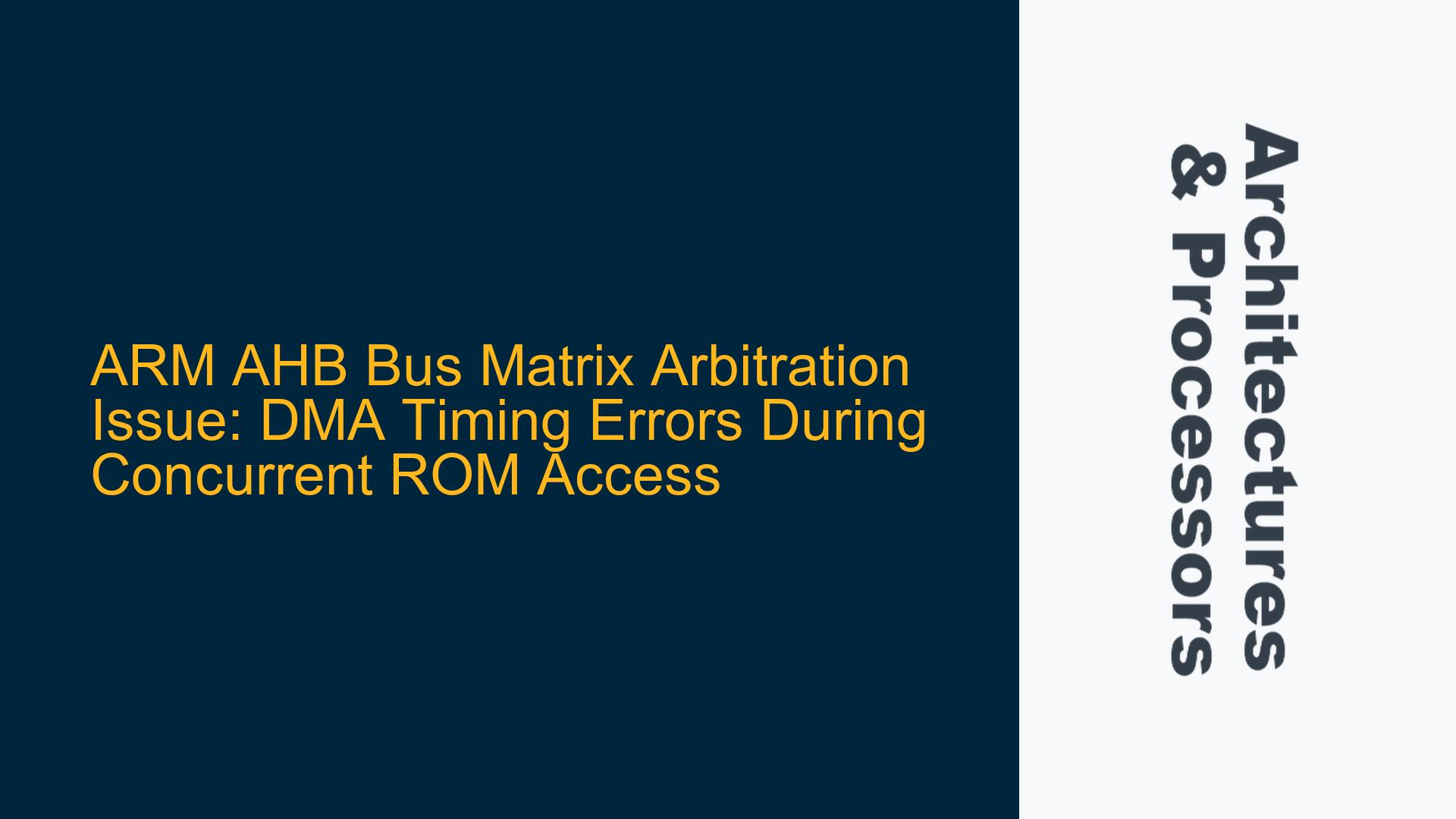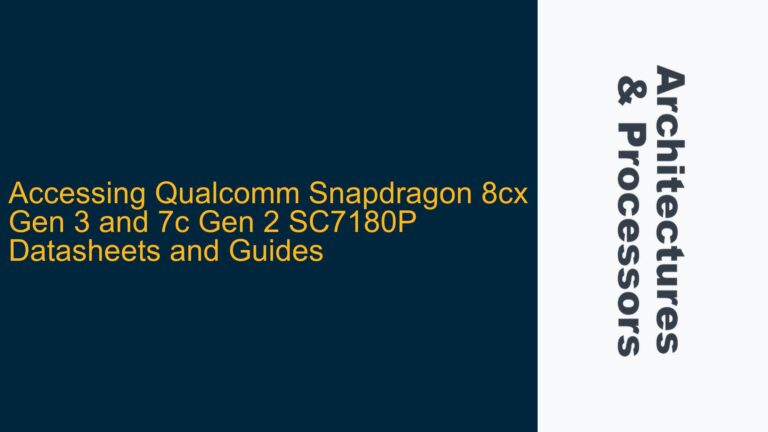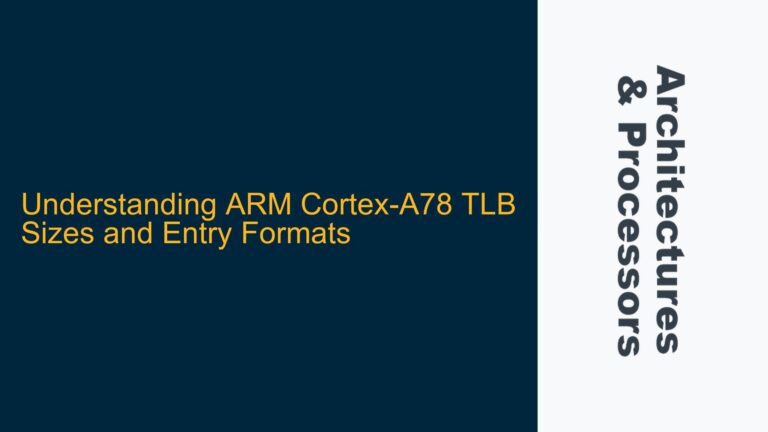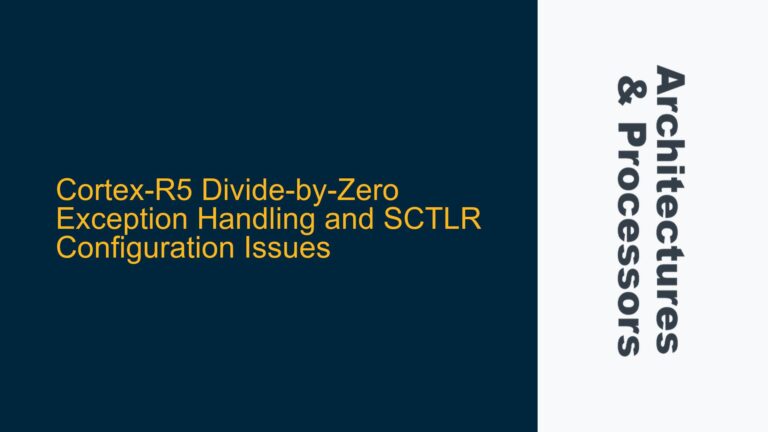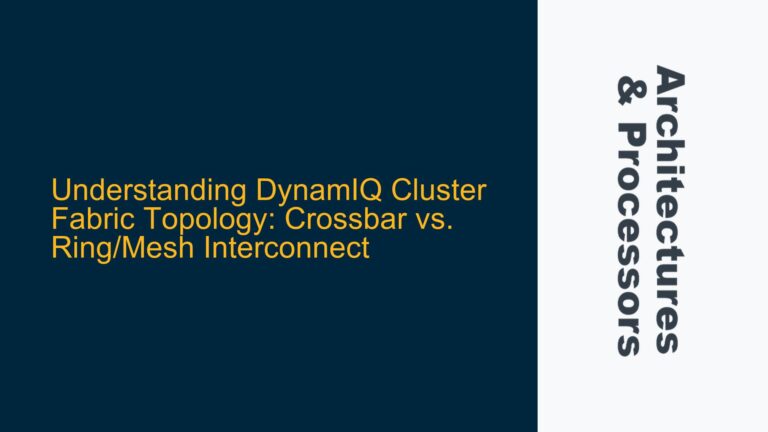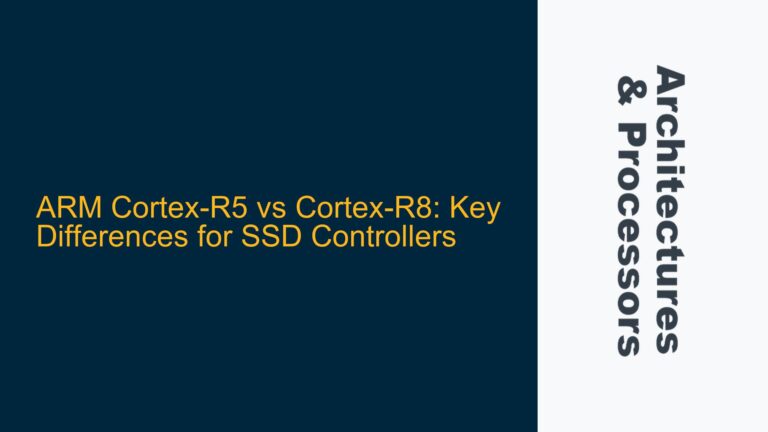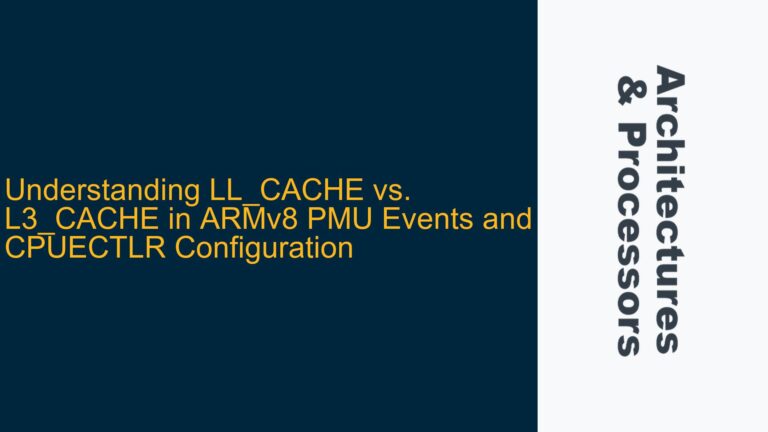ARM Cortex-M4 AHB Bus Matrix Arbitration and DMA Timing Errors
The ARM Cortex-M4 microcontroller, like many ARM-based systems, utilizes the Advanced High-performance Bus (AHB) for communication between masters (such as the CPU and DMA controller) and slaves (such as ROM, SRAM, and SDRAM). The AHB Bus Matrix is a critical component that manages access to shared resources, ensuring that multiple masters can communicate with multiple slaves efficiently. However, when implementing a fixed-priority arbitration scheme in the AHB Bus Matrix, timing issues can arise, particularly when the CPU and DMA controller attempt to access the same slave simultaneously. In this scenario, the DMA controller may exhibit timing errors on its AHB interface, while the CPU continues to operate normally due to its higher priority.
The AHB Bus Matrix employs a priority-based arbitration scheme where the master connected to the lowest port number is granted the highest priority. In this case, the CPU is assigned higher priority over the DMA controller. When both masters attempt to access the same slave, such as ROM, the Bus Matrix will stall the lower-priority master (DMA) by driving the HREADY signal low. This introduces wait states for the DMA controller, allowing the CPU to complete its burst transfers. Once the CPU releases the bus, the Bus Matrix will initiate a new burst for the DMA controller, starting with a NONSEQ access and driving HBURST according to the remaining transfers. However, if the HREADY signals are not correctly connected or managed, the DMA controller may experience timing errors, leading to missed transfers or incorrect behavior.
The root cause of these timing errors lies in the interaction between the arbitration logic, the HREADY signal, and the burst transfer mechanism. The Bus Matrix is designed to handle these scenarios correctly, but improper implementation or configuration can lead to unexpected behavior. Understanding the intricacies of the AHB protocol, the Bus Matrix arbitration scheme, and the role of the HREADY signal is essential for diagnosing and resolving these issues.
Misconfigured HREADY Signals and Burst Transfer Handling
The primary cause of DMA timing errors in this scenario is the misconfiguration or improper handling of the HREADY signal. The HREADY signal is a critical component of the AHB protocol, indicating whether a slave is ready to complete a transfer. When the Bus Matrix stalls a lower-priority master, it drives HREADY low, introducing wait states. However, if the HREADY signal is not correctly propagated through the system, the DMA controller may misinterpret the state of the bus, leading to timing errors.
Another potential cause is the handling of burst transfers. The AHB protocol supports burst transfers, where a master can perform multiple data transfers in a single transaction. When a higher-priority master interrupts a burst transfer from a lower-priority master, the Bus Matrix must correctly manage the remaining transfers. If the burst transfer is not properly restarted or if the HBURST signal is not correctly configured, the DMA controller may attempt to continue the transfer from an incorrect address or with an incorrect burst length, resulting in timing errors.
Additionally, the fixed-priority arbitration scheme itself can contribute to the issue. While the scheme ensures that the CPU always has priority over the DMA controller, it does not account for the timing requirements of the DMA controller. If the DMA controller is performing time-critical operations, such as real-time data acquisition or peripheral control, the introduction of wait states can disrupt its timing, leading to errors. This is particularly problematic in systems where the DMA controller is required to meet strict timing constraints.
Finally, the design of the AHB Bus Matrix and the specific implementation of the arbitration logic can also play a role. If the Bus Matrix does not correctly handle the transition between masters or if the arbitration logic introduces additional latency, the DMA controller may experience timing errors. This is especially true in systems with complex interconnect topologies or multiple layers of arbitration.
Diagnosing and Resolving DMA Timing Errors in AHB Bus Matrix
To diagnose and resolve DMA timing errors in the AHB Bus Matrix, a systematic approach is required. The first step is to verify the correct connection and propagation of the HREADY signal throughout the system. This involves checking the wiring and configuration of the Bus Matrix, ensuring that the HREADY signal from each slave is correctly connected to the corresponding master. Simulation tools such as ModelSim can be used to trace the HREADY signal and identify any discrepancies in its behavior.
Next, the handling of burst transfers should be examined. This includes verifying that the Bus Matrix correctly restarts burst transfers for the DMA controller after it has been stalled by the CPU. The HBURST signal should be checked to ensure that it correctly reflects the remaining transfers in the burst. If necessary, the Bus Matrix logic should be modified to ensure that burst transfers are properly managed.
The fixed-priority arbitration scheme should also be reviewed. While the scheme ensures that the CPU has priority over the DMA controller, it may not be suitable for all applications. In systems where the DMA controller has strict timing requirements, a more flexible arbitration scheme, such as round-robin or weighted priority, may be more appropriate. This can be implemented by modifying the Bus Matrix arbitration logic or by using a different arbitration scheme provided by the CMSDK.
Finally, the overall design of the AHB Bus Matrix should be evaluated. This includes reviewing the arbitration logic, the interconnect topology, and the timing constraints of the system. If the Bus Matrix introduces additional latency or if the arbitration logic is not optimized for the specific application, it may be necessary to redesign the Bus Matrix or to use a different interconnect solution.
In conclusion, DMA timing errors in the AHB Bus Matrix are typically caused by misconfigured HREADY signals, improper handling of burst transfers, or the limitations of the fixed-priority arbitration scheme. By systematically diagnosing and addressing these issues, it is possible to resolve the timing errors and ensure reliable operation of the system.
